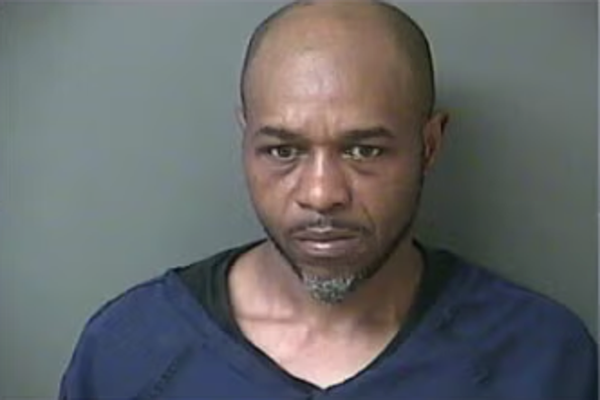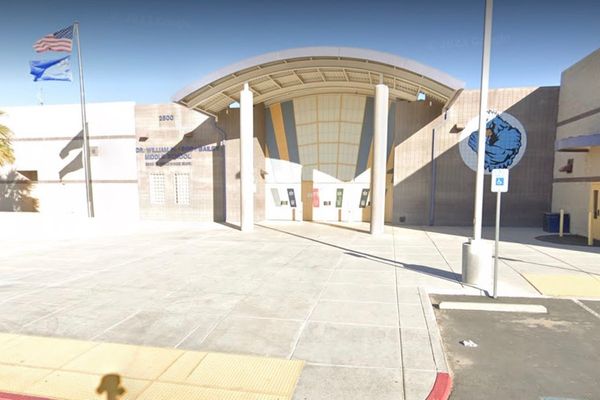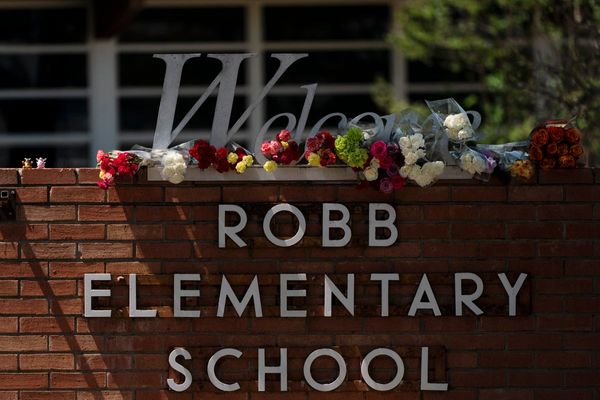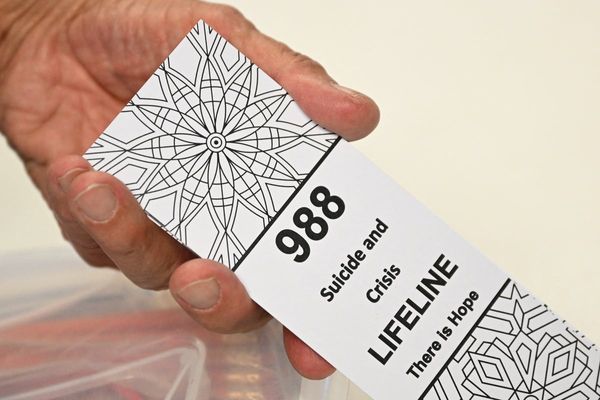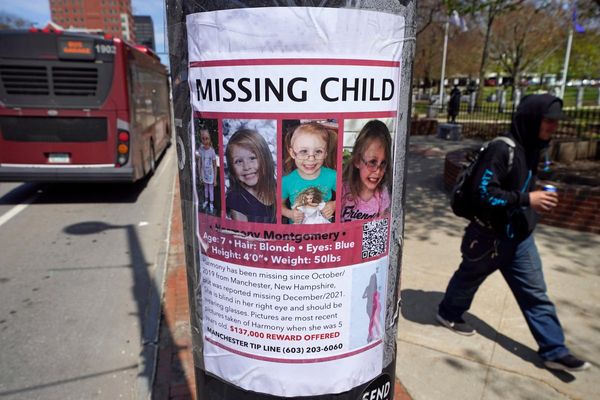
In an era of undercover investigations, hidden videos and potential prison sentences for those involved in trespassing, US livestock farmers are not known for welcoming activists on to their land, or letting them find homes for unwanted calves.
But Vermont-based activist Jason Bolalek has upended a narrative of opposing sides by befriending dairy producers in his home state, the biggest dairy-producing state in north-east US.




Vermont in the snow makes an enchanting picture, but conditions inside dairy farms can be far from picturesque.
The calves Bolalek rehomes are mostly males, as they are of little use in a business reliant on female cows to breed and produce milk. Many are shot at birth because it is cheaper and easier than waiting for them to gain weight then driving them to market to be sold at auction.
“It’s not worth it. Sometimes, you make three bucks on a calf that cost you six dollars in gas to transport,” one dairy farmer told Bolalek.
It is impossible to know how many dairy calves are shot in the US each year, since there’s no official record of animals that don’t enter the food chain. But an agricultural veterinarian who prefers to remain anonymous says numbers could be in the hundreds of thousands.
Using sexed semen to produce only female calves is another option but according to another agricultural vet, who also prefers to remain anonymous, many farmers see shooting males as cheaper.

A cow has her legs tethered to prevent ‘splitting’ – when a cow slips on the wet concrete floor and can sometimes not get up because her legs have split in opposite directions
In the UK, which is home to about 2.7 million dairy cattle, an estimated 95,000 calves were killed each year, although that number is believed to have fallen significantly through the increased use of sexed semen. By that ratio, the number of calves killed annually in the US, home to more than 9 million dairy cows, could be close to 300,000.
Only a fraction of those can be saved, and Bolalek remains frustrated that the public knows so little about standard dairy practices such as shooting calves, or wintering cows in barns on chains so short they can only stand or lie for weeks on end.

Barns dot the Vermont landscape, adding to its bucolic feel, but hundreds of cows live in this barn, with little outdoor access in winter.
Born in the New York state town of Rochester, Bolalek’s world was urban until a move to Vermont brought him face to face with dairy production. “I had no idea about farming. When I went to Vermont to grow hemp, I was exposed to the dairy industry – it’s chock full of dairy farms,” he says.
“I looked like a tourist because I was always stopping to see the cows. Then I heard a story about how the farmers killed the males, and that changed my life.”
Bolalek asked the friend who had told him about the practice of shooting males to introduce him to one of the farmers. “My first plan was to save just two calves. And it was so easy – every door opened.”


Jason Bolalek, and (top) a newborn calf which could face slaughter.
Once introduced, discussions began of how and when he might take two calves. Critical to the talks, Bolalek says, was both sides seeing each other as people. “I had to learn how to be opposed to dairy but friends with the farmers – and all farmers are different.”
He says he did not have to deal with any overt activist versus farmer issues, possibly because Vermont has not yet been a target for undercover animal welfare actions. The other advantage, Bolalek says, is that he is not trying to convince the farmers of anything. “I just want to leave with the calf, and they have too many male calves. That makes it quite simple.”
Bolalek believes that what matters is the stories the sanctuaries tell of each animal. “That is what helps educate people about dairy. That’s the bridge over the gap between the people buying dairy products with no understanding of how it is produced – which included me. I was clueless about dairy production.”




Bolalek befriends, feeds and rescues a calf in Vermont.
After he collected the first two calves, Bolalek founded a rescue organisation, Destination Liberation, funded by social media donations, and has since found homes for 75 unwanted calves.
He recently became a manager at Rosie’s Farm Sanctuary in Maryland. It is his dream job, he says, and means he will be rescuing and keeping calves, rather than trying to find homes for them.

Cows are meant to be on grass, insists Bolalek.
“The only limit is space; cows are all about space. That is why dairy farming is so unnatural – they are very confined. Some never leave their barns. They spend their whole lives on concrete floors and it does terrible things to their bodies. Cows are meant to be on grass.”
Bolalek says the animals he rescues are always given, never sold, to their new homes, and one of the fundamental rules of the sanctuary community is that animals must have proper space, food, shelter, love and veterinary care for the rest of their natural lives.
Sign up for the Animals farmed monthly update to get a roundup of the biggest farming and food stories across the world and keep up with our investigations. You can send us your stories and thoughts at animalsfarmed@theguardian.com
